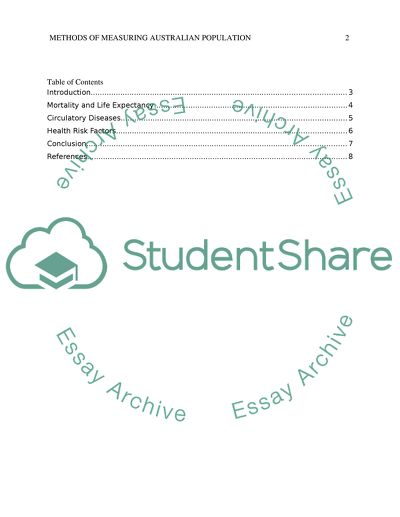Cite this document
(“Three methods of measuring the health of the Australian population and Essay”, n.d.)
Retrieved from https://studentshare.org/health-sciences-medicine/1693230-three-methods-of-measuring-the-health-of-the-australian-population-and-use-these-to-compare-the-health-status-of-indigenous-and-non-indigenous-australian-adults
Retrieved from https://studentshare.org/health-sciences-medicine/1693230-three-methods-of-measuring-the-health-of-the-australian-population-and-use-these-to-compare-the-health-status-of-indigenous-and-non-indigenous-australian-adults
(Three Methods of Measuring the Health of the Australian Population and Essay)
https://studentshare.org/health-sciences-medicine/1693230-three-methods-of-measuring-the-health-of-the-australian-population-and-use-these-to-compare-the-health-status-of-indigenous-and-non-indigenous-australian-adults.
https://studentshare.org/health-sciences-medicine/1693230-three-methods-of-measuring-the-health-of-the-australian-population-and-use-these-to-compare-the-health-status-of-indigenous-and-non-indigenous-australian-adults.
“Three Methods of Measuring the Health of the Australian Population and Essay”, n.d. https://studentshare.org/health-sciences-medicine/1693230-three-methods-of-measuring-the-health-of-the-australian-population-and-use-these-to-compare-the-health-status-of-indigenous-and-non-indigenous-australian-adults.


